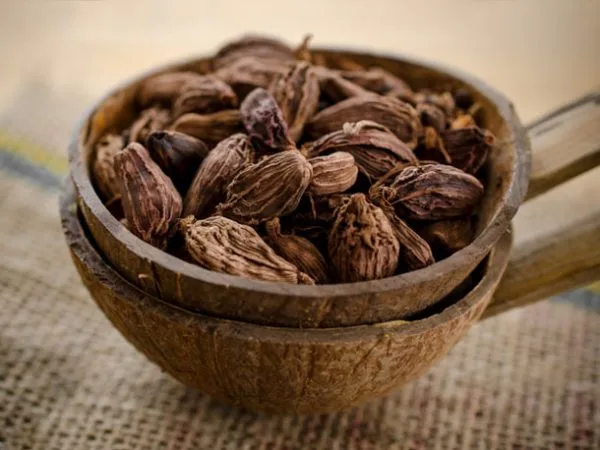Reputed for producing premium huge cardamom and using sustainable agricultural methods, Sikkim is currently concentrating on creating cardamom cultivars resistant to illness. This action is a reaction to the increasing difficulties brought about by many diseases that have been plaguing sizable cardamom plantations, severely reducing their output and the means of subsistence for local farmers.
The Importance of Large Cardamom in Sikkim
Large cardamom, often referred to as the “black gold” of Sikkim, is one of the most valuable cash crops in the state. Sikkim is one of the leading producers of large cardamom in India, contributing majorly to the state’s economy. The spice is not only an essential ingredient in various culinary traditions but also holds medicinal properties, making it highly sought after in domestic and international markets.
Challenges Faced by Large Cardamom Farmers
In recent years, large cardamom plantations in Sikkim have been severely affected by various diseases, including the dreaded “chirke” and “foorkey” diseases. These viral diseases cause stunted growth and yield loss, making the plants unproductive. Additionally, fungal infections and pests have further compounded the problems, leading to a decline in cardamom production. The challenges have resulted in reduced income for farmers, many of whom rely heavily on cardamom cultivation as their primary source of livelihood.
Research and Development Efforts
To combat these challenges, the state government of Sikkim, in collaboration with agricultural research institutions, is intensifying efforts to develop disease-tolerant varieties of large cardamom. Research is being conducted at the Indian Cardamom Research Institute (ICRI) and other agricultural research centers to identify and breed varieties that can withstand the prevalent diseases in the region.
These research efforts include the development of hybrid varieties through cross-breeding, which are expected to exhibit better resistance to diseases. The focus is also on improving the overall yield and quality of the spice. Researchers are exploring traditional knowledge, advanced biotechnological tools, and sustainable farming practices to achieve these objectives.
Benefits for Farmers and the Economy
The introduction of disease-tolerant large cardamom varieties is expected to bring significant benefits to the farmers in Sikkim. By reducing the losses caused by diseases, these new varieties will help stabilize and potentially increase the income of cardamom farmers. Furthermore, improved yield and quality will enhance the competitiveness of Sikkim’s large cardamom in global markets, boosting exports and contributing to the state’s economic growth.
Government Support and Future Outlook
The government of Sikkim is also providing financial and technical support to farmers to adopt these new varieties and sustainable farming practices. Training programs and workshops are being organized to educate farmers on the best cultivation practices, disease management, and post-harvest techniques. Additionally, there are plans to expand the research and development initiatives to cover more regions and include other high-value crops.
The focus on developing disease-tolerant large cardamom varieties is a crucial step towards ensuring the sustainability of Sikkim’s cardamom industry. With continued efforts from the government, researchers, and farmers, Sikkim is poised to maintain its position as a leading producer of high-quality large cardamom while securing the livelihoods of its farming communities.
Sikkim’s proactive approach to addressing the challenges faced by large cardamom farmers through the development of disease-tolerant varieties is a testament to the state’s commitment to sustainable agriculture. As these efforts bear fruit, Sikkim’s large cardamom industry is expected to thrive, benefiting both the local economy and the global spice market.




